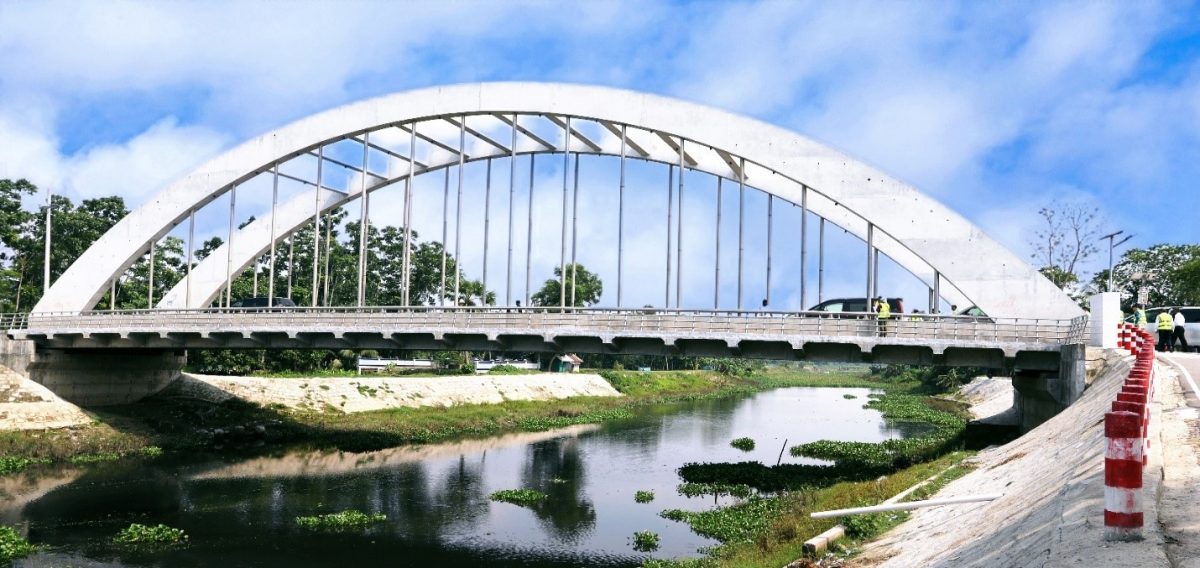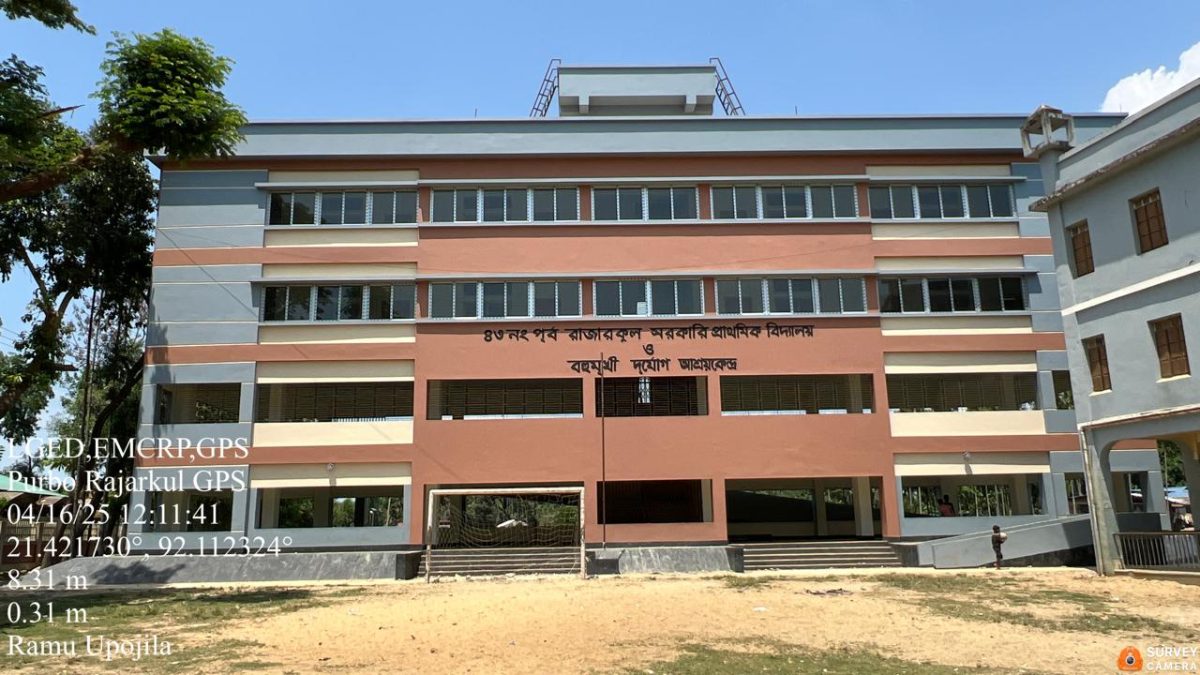Government of Bangladesh has taken the initiative of the project: “Program for Supporting Rural Bridges (SupRB)” through Local Government Engineering Department (LGED) as the implementing agency. The program will be implemented in total 61 districts out of 64 districts of the country, except three hill districts. The disbursement under a program using Program-for-Result (PfocR), a new financing instrument of the World Bank, is made against pre-determined Disbursement Linked Indicators (DLIS). DLIS can be outputs, outcomes, intermediate outcomes, or process indicators that are key actions needed to address specific risks or constraints to achieving development objectives. The SupRB Program has eight (8) DLIS. The five DLI (DLI-I to 5) are fully scalable. Therefore, disbursements will be made based on the extent of the targets they achieve. The DLI targets are specified as the cumulative number of meters completed for either maintenance or new construction activities. A bridge will only be counted toward the target if the physical works are fully completed. The remaining three DLIS (DLI-6 to DLI-8) are process DLIS. Two of these DLIS, DLI-6 on implementation of RuBIMS and DLI-8 on transparency and accountability, are ‘all-or-nothing’ targets, which is considered both essential and achievable. DLI-7 on improvement of contract and financial management systems is scalable, barring an Item of the same DLI that deals with the financial management, which is an “all-or-nothing’ target. The Program will disburse against the achievement of DL.I targets anytime within the Program period. This means, if the Program fails to achieve a DLI target in any year, the related disbursement amount will be rolled over to the next year. If the Program consistently overachieves its targets, the credit loans could be fully disbursed before the formal end of the operation.
Value of works: USD 618 million|Funded by The World Bank
The specific services provided by DPDS staff: DLI verification work involved in two steps verification protocols of the Program. Firstly, by checking their completeness/compliance of the gross data against the requirements given in Dossier/Report for particular DLI, Secondly, by conducting field verification of the results achieved through an agreed method of verification between LGED and Association. The first step is generally known as Desk Review, where sampling will be 100%. The second step is generally called as field verification, where sampling will be as per mandated in the verification protocols and adjust the reported results accordingly. The final step is preparing reports on actual results achieved and providing constructive feedbacks. The scope of consultancy services is based around the following 08 key activities:
- Task-1: Verification Rural Bridge minor maintenance under SupRB (DLI-1);
- Task-2: Verification of Rural Bridge major maintenance under SupRB (DLI-2);
- Task-3: Verification of Rural Bridge Rehabilitation activities under SupRB (DLI-3);
- Task-4: Verification of Rural Bridge Capacity extension under SupRB (DLI-4);
- Task-5: Verification of Rural Bridge Replacement or new construction under SupRB (DLI-5);
- Task-6: Verification of Rural Bridge Information and Management System (DLI-6);
- Task-7: Verification of contract and fiduciary system management performance; (DLI-7);
- Task-8: Transparency and accountability verification protocol achievements; (DLI-8);
The project implementation will consist of: (i) Inception Phase (ii) DLI Task implementation & Intermittent Results Report/ 10 DLI verification Report, (iii) Annual Result Report and (iv) Completion Reporting.




